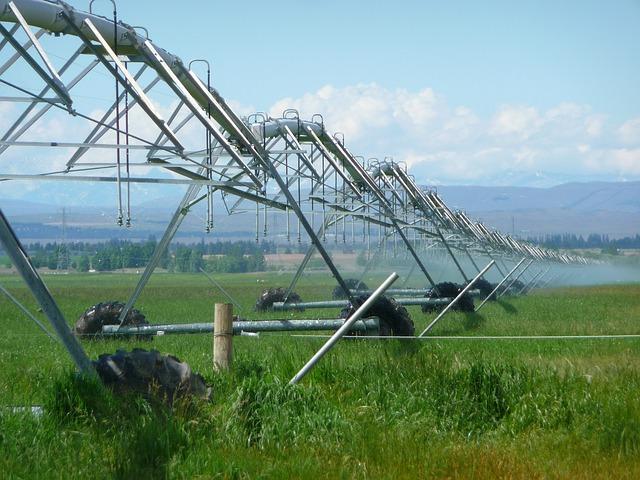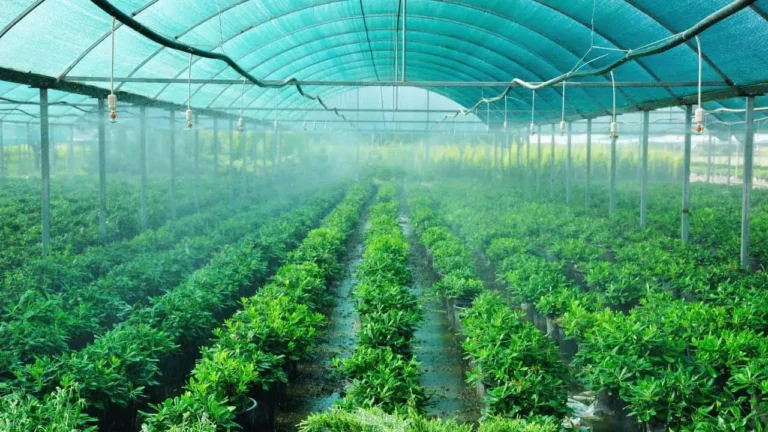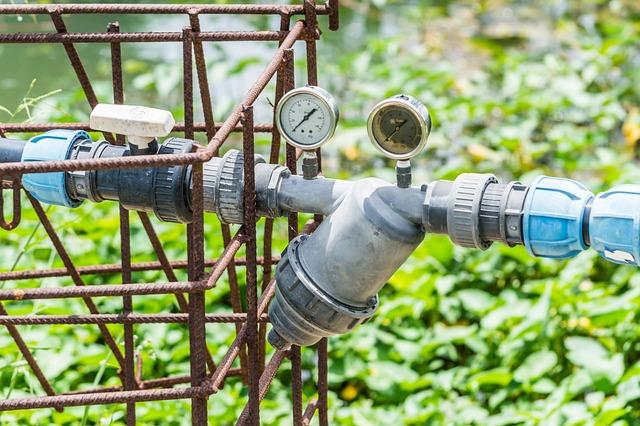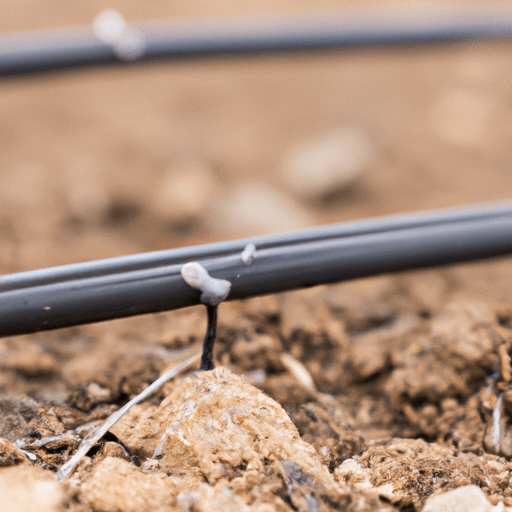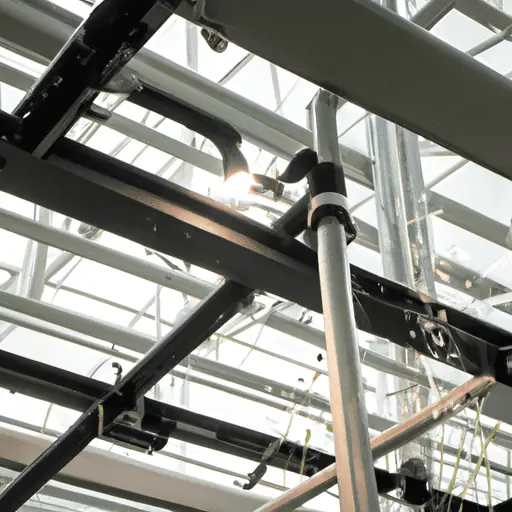Let’s explore the significant role roots play in maintaining plant health, particularly in indoor cultivation and agricultural design. We delve into the function of roots in a plant, identify signs of healthy and unhealthy roots, and demonstrate how root health affects the overall well-being of the plant. Finally, we share practical tips for maintaining root health.
The Hidden Half: Understanding the Function of Roots
The roots of a plant may often go unnoticed, hidden beneath the soil’s surface. However, they play a crucial role in the overall health and well-being of the plant. Understanding the function of roots is essential for successful indoor cultivation and agricultural design.
- Absorption of Water and Nutrients:
One of the primary functions of roots is to absorb water and essential nutrients from the soil. The root hairs, tiny extensions of the roots, increase the surface area for absorption, allowing the plant to take in water and nutrients necessary for growth and development. Through a process called osmosis, the roots selectively absorb the nutrients the plant needs while filtering out any harmful substances present in the soil. - Anchoring and Support:
Roots also provide stability and support to the plant. They anchor the plant securely in the soil, preventing it from being uprooted by wind or other external factors. This anchoring allows the plant to grow upright and maintain its structural integrity as it develops and matures. - Storage of Food and Energy:
In addition to absorption and support, roots also serve as storage organs. Some plants store food and energy in their roots, which can be utilized during periods of low nutrient availability or harsh environmental conditions. This stored energy can help the plant survive and continue to grow even when external resources are limited.
Are Your Plant’s Roots Healthy or Unhealthy? Here’s How to Tell
Determining the health of a plant’s roots is crucial for ensuring its overall well-being. Healthy roots are essential for efficient nutrient uptake, water absorption, and overall plant growth. Here are some signs to look out for to determine if your plant’s roots are healthy or unhealthy.
First and foremost, healthy roots should appear firm and white. If you gently tug on the plant, the roots should hold their ground and not easily detach from the soil. On the other hand, unhealthy roots may appear mushy, discolored, or slimy, indicating root rot or other diseases.
Another sign of healthy roots is an absence of foul odors. Healthy roots should have a neutral or earthy scent, while unhealthy roots may emit a strong, unpleasant smell, indicating decay or infection.
Observing the overall growth and appearance of the plant can also provide insight into root health. Healthy roots will support vigorous and lush foliage, while unhealthy roots may result in stunted growth, yellowing leaves, or wilting.
To further assess root health, gently remove the plant from its pot and examine the root system. Healthy roots should be well-developed, branching out in a network-like pattern. They should have a fibrous and plump appearance, indicating active nutrient uptake. Unhealthy roots, on the other hand, may appear sparse, shriveled, or show signs of decay.
Regularly inspecting the roots of your plants is essential to catch any issues early on and take appropriate action. If you notice any signs of unhealthy roots, it is important to address the underlying cause promptly. This may include adjusting watering practices, improving soil drainage, or treating the plant with appropriate fungicides or pesticides.
As the roots grow, so does the plant: The Impact of Root Health on Overall Plant Well-being
The health of a plant’s roots plays a crucial role in its overall well-being and growth. Just as a sturdy foundation is vital for a building’s stability, healthy roots provide the necessary support and nourishment for a plant’s development.
Firstly, root health directly impacts the plant’s ability to absorb water and nutrients from the soil. Healthy roots have fine root hairs that increase the surface area for absorption, allowing the plant to take in essential elements for growth. On the other hand, if the roots are unhealthy or damaged, the plant may struggle to obtain the necessary nutrients, leading to stunted growth and poor overall health.
In addition to nutrient uptake, root health also influences a plant’s water management. Healthy roots enable efficient water absorption, preventing waterlogged or drought-stressed conditions. They act as a transport system, delivering water from the soil to the rest of the plant, ensuring proper hydration and preventing wilting. Unhealthy roots, on the other hand, may be unable to absorb water effectively, resulting in water stress and negatively impacting the plant’s health.
Furthermore, root health plays a vital role in disease resistance and overall plant resilience. Healthy roots are better equipped to fend off pathogens and withstand environmental stressors such as extreme temperatures or drought. They provide a strong defense against diseases that can attack the roots, such as root rot or fungal infections. In contrast, weakened or damaged roots are more susceptible to diseases, making the plant vulnerable and prone to decline.
How Can We Ensure the Well-being of Our Plant’s Roots?
Ensuring the well-being of a plant’s roots is crucial for promoting healthy growth and overall plant health. Here are some tips and techniques to help maintain root health:
First, providing proper drainage is essential. Poor drainage can lead to waterlogged soil, suffocating the roots and promoting root rot. To ensure adequate drainage, choose pots or containers with drainage holes and use well-draining soil mixtures.
Secondly, regular watering practices are essential for root health. Overwatering can drown the roots, while underwatering can cause them to dry out. It’s important to find the right balance and water the plants according to their specific needs. Checking the moisture level of the soil using a moisture meter or simply sticking your finger into the soil can help determine when to water.
Thirdly, practicing proper fertilization is key. Providing the right nutrients in appropriate amounts can support root growth and overall plant health. Use a balanced fertilizer or one specifically formulated for the type of plants you are growing. Be mindful not to over-fertilize, as this can lead to salt build-up and damage the roots.
Furthermore, regular inspection and maintenance are essential for root health. Periodically check the roots for signs of disease or damage, such as discoloration, rot, or pests. If any issues are detected, take prompt action to address them, whether it be adjusting watering practices, repotting, or treating with appropriate solutions.
Do Indoor Plants Need Special Root Care?
Indoor plants do require special root care to thrive in a confined environment. While they may not have to contend with the challenges of outdoor conditions, such as extreme temperatures or pests, they still have unique needs that must be addressed.
One key consideration is the choice of pot or container. Indoor plants should be placed in pots with proper drainage holes to prevent water logging and root rot. Additionally, the size of the pot should be appropriate for the plant’s root system, allowing room for growth without being too large, as excess soil can retain moisture and lead to root issues.
Indoor plants also benefit from regular repotting. As they grow, their roots become crowded and require more space to absorb nutrients effectively. Repotting every 1-2 years, using fresh soil mix, can help promote healthy root growth and prevent the plant from becoming root-bound.
Another aspect of root care for indoor plants is monitoring and adjusting watering practices. The controlled environment of indoor spaces can lead to variations in humidity levels and moisture retention in the soil. It’s important to check the moisture level regularly and water accordingly, ensuring that the roots receive adequate hydration without being overly saturated.
Furthermore, indoor plants may benefit from occasional root pruning. This involves trimming or removing overgrown or damaged roots to stimulate new growth and maintain a healthy root system. Root pruning can be done during repotting or as a separate maintenance practice, depending on the specific needs of the plant.
Roots are the plant’s past, present, and future – Optimizing Indoor Cultivation and Agriculture Design
When it comes to indoor cultivation and agricultural design, optimizing root health is crucial for the success of the plants. The roots serve as the foundation and lifeline of the plant, playing a significant role in its past, present, and future.
In terms of the plant’s past, the roots are responsible for absorbing water and nutrients from the soil, providing the necessary sustenance for growth and development. A healthy root system ensures that the plant has access to essential elements, allowing it to establish a strong foundation during its early stages.
In the present, the roots continue to support the plant by anchoring it in the growing medium and providing stability. They also facilitate the uptake of water and nutrients, which are essential for the plant’s ongoing metabolic processes. Optimal root health ensures efficient nutrient absorption, leading to robust growth and vitality.
Looking toward the future, a well-maintained root system sets the stage for the plant’s overall longevity and productivity. Healthy roots contribute to the plant’s ability to withstand environmental stresses, such as drought or disease. They also encourage the development of new shoots and leaves, promoting continuous growth and the production of flowers, fruits, or vegetables.
To optimize indoor cultivation and agricultural design, it is crucial to create an environment that supports root health. This can be achieved by providing an appropriate growing medium, ensuring proper drainage, and maintaining optimal moisture levels. Additionally, considering the root space and providing adequate room for root growth through appropriate pot size or hydroponic systems is essential.
Moreover, implementing techniques such as aerating the soil or using beneficial microorganisms can help enhance root health and nutrient uptake. Regular monitoring and adjusting of pH levels and nutrient availability can also contribute to optimal root function.
Practical Tips and Techniques for Maintaining Root Health
When it comes to maintaining root health, there are several practical tips and techniques that can be implemented to ensure the well-being of your plants. Here are three key areas to focus on:
- Proper Watering Techniques:
One of the most critical factors in maintaining root health is proper watering. Overwatering can lead to root rot and suffocation, while underwatering can cause the roots to dry out and become stressed. It is essential to find the right balance. Water your plants thoroughly but allow the soil to dry slightly between waterings to promote healthy root growth. Additionally, consider using a well-draining growing medium and avoid waterlogged conditions. - Fertilization and Nutrient Management:
Providing your plants with the right balance of nutrients is crucial for their root health. Regularly fertilize your plants using a balanced, slow-release fertilizer or organic alternatives. Be mindful of the specific nutrient requirements of your plants and avoid overfertilization, as excessive nutrients can also harm the roots. Consider using organic matter or compost to improve soil fertility and promote beneficial microbial activity, which aids in nutrient availability for the roots. - Proper Potting and Transplanting:
When it comes to indoor cultivation, choosing the right pot size is essential for maintaining root health. Ensure that your plants have enough room for their roots to grow and expand. When transplanting, handle the roots with care to avoid damage. Gently loosen the root ball and remove any circling or tangled roots before replanting. This encourages the development of a healthy root system. Additionally, consider using containers with drainage holes to prevent waterlogging and promote proper airflow to the roots.
In conclusion, the roots are the life source and anchor of a plant, playing a pivotal role in its health and survival. By understanding the function of roots, recognizing the signs of healthy and unhealthy roots, and implementing measures for maintaining root health, we can significantly enhance our indoor cultivation and agricultural design efforts.


